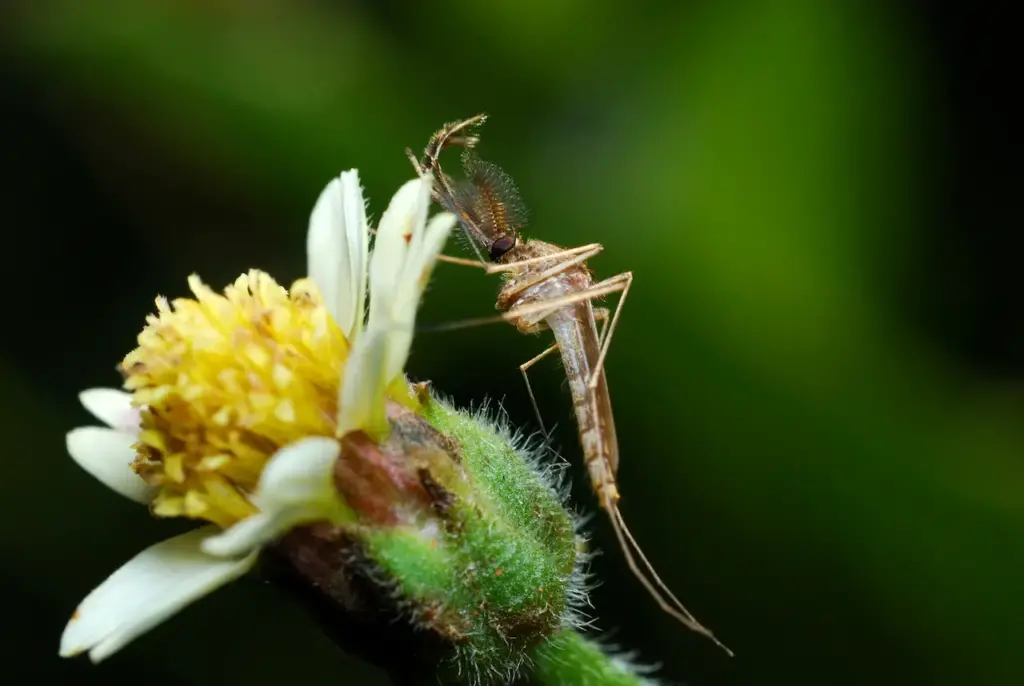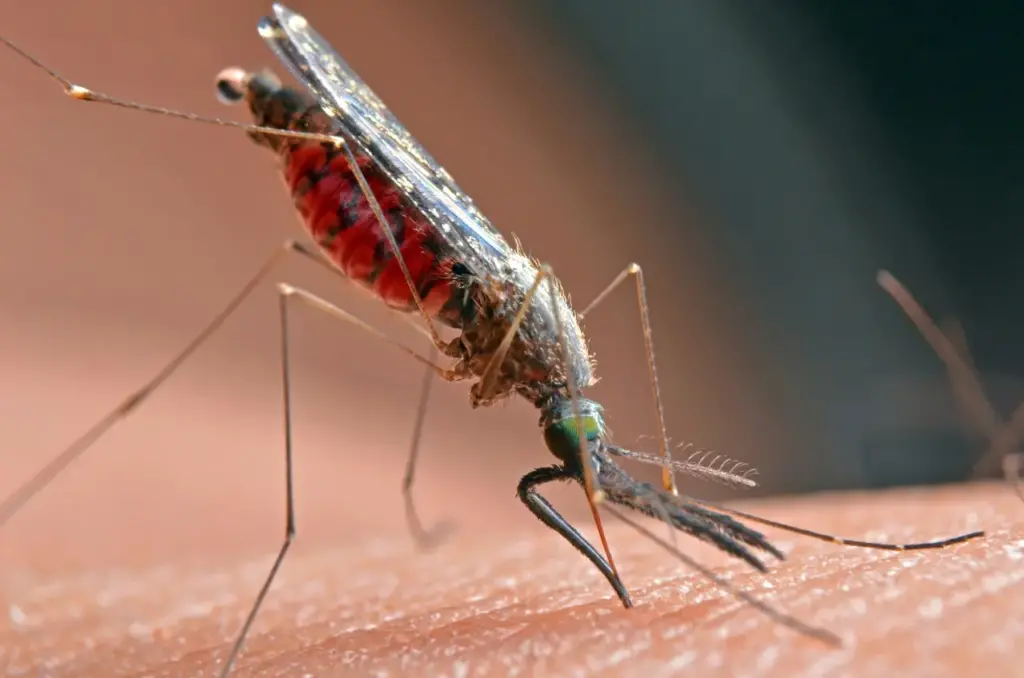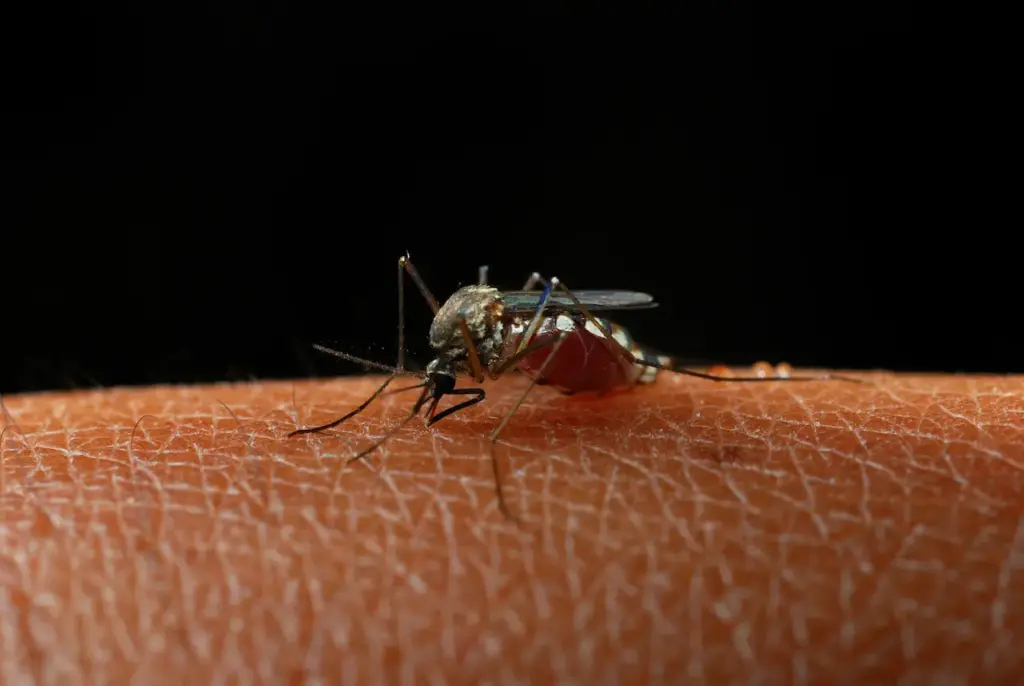What Eats Mosquitoes?
Categories
- Accipitridae (1)
- Acrididae (1)
- Algae (2)
- Alligatoridae (1)
- Amoebidae (1)
- Amphibians (3)
- Anatidae (1)
- Anguillidae (1)
- Arachnids (2)
- Bears (2)
- Big Cats (3)
- Birds (13)
- Bovidae (5)
- Bufonidae (1)
- Camelids (1)
- Cameras (1)
- Canines (13)
- Caridea (1)
- Carnivora (10)
- Castoridae (1)
- Cats (5)
- Cebidae (1)
- Cephalopod (1)
- Cervidae (2)
- Cetacean (1)
- Chondrichthyes (1)
- Crocodilia (2)
- Crustaceans (4)
- Culicidae (1)
- Cyaneidae (1)
- Dasypodidae (1)
- Dasyurids (1)
- Deer (1)
- Delphinidae (1)
- Desktop (1)
- Didelphidae (1)
- Dinosaurs (1)
- Dogs (13)
- Dolphins (2)
- Echinoderms (1)
- Education (10)
- Elephantidae (1)
- Equine (1)
- Erethizontidae (1)
- Erinaceidae (1)
- Farming (1)
- Felidae (5)
- Fish (5)
- Food Chain (31)
- Food Web (2)
- Formicidae (1)
- Frugivore (1)
- Gaming (1)
- Gastropods (1)
- Giraffids (1)
- Great Apes (2)
- Health Conditions (3)
- Herbivore (4)
- Hi-Fi (1)
- Hippopotamidae (1)
- Hominidae (1)
- Insects (10)
- Invertebrates (2)
- Keyboards (1)
- Laptops (1)
- Leporidae (1)
- Mammals (23)
- Marsupials (4)
- Mephitidae (1)
- Microchiroptera (1)
- Mollusks (2)
- Mongoose (1)
- Muridae (1)
- Nocturnal Animals (1)
- Odobenidae (1)
- Omnivore (2)
- Phasianidae (1)
- Phocidae (1)
- Plankton (1)
- Plants (2)
- Primate (1)
- Ranidae (1)
- Reptiles (7)
- Rhinocerotidae (1)
- Rodents (5)
- Salamandridae (1)
- Scarabaeidae (1)
- Sciuridae (2)
- Sharks (1)
- Shellfish (1)
- Sound (1)
- Spheniscidae (1)
- Suidae (1)
- Superfamily Papilionoidea (1)
- Theraphosidae (1)
- What Eats (5)
Mosquitoes may be small, but they serve as tasty, nutritious snacks for many hungry predators. From lightning-fast birds catching them mid-flight to stealthy frogs waiting motionless for the perfect ambush, several clever hunters have developed specialized techniques to catch and consume these insects.
In this article, we will explore 5 key mosquito predators, providing comprehensive details on how they manage to feast on the insects and their impact on mosquito population numbers.
Table of Contents
Toggle
Mosquitoes on a Flower What Eat Mosquitoes?
Birds
Equipped with lightweight bills and slender tongues, many bird species nimbly catch mosquitoes and other insects right from the air. Birds typically eat mosquitoes by the mouthful while in flight, enabling just one bird to reduce local mosquito quantities through its frequent feedings.
Several bird types are particularly adept at hunting mosquitoes, including:
Swallows
Swallows perform awe-inspiring aerial stunts and maneuvers with ease, effortlessly changing speed and direction to scoop unsuspecting mosquitoes right from the breeze. These fast, agile fliers chiefly feed while airborne and can detect clusters of insects to target.
There are around 75 swallow species globally, all feeding exclusively on insects caught during flight. Barn swallows, tree swallows, bank swallows, and cliff swallows are several common North American species.
Many swallows migrate long distances to overwinter in the southern hemisphere, needing considerable fat and protein reserves that insects like mosquitoes provide to fuel their lengthy journeys.
Their speed and maneuverability while hunting give swallows an advantage over less agile fliers when targeting something as small and ephemeral as floating mosquitoes.
They consume hundreds of mosquitoes daily – a single barn swallow was recorded eating nearly 1000 insects throughout one 18-hour summer foraging period.
Martins
Like swallows, martins are extremely adept at catching insects like mosquitoes on the wing. Purple martins, in particular, aggressively prey on mosquitoes and other flying insects.
These largest North American swallows often nest in manmade birdhouses near human civilization, allowing them to voraciously feed on mosquitoes drawn to backyards and neighbourhood areas.
Purple martins arrive after long southerly migrations just when mosquito populations begin thriving, perfect timing to take advantage of swelling numbers of the insects. Mosquitoes provide a crucial protein component that helps fuel purple martins’ breeding and chick rearing.
Several studies have examined purple martins’ impact on mosquito populations. One study in Florida found that a colony of just 32 purple martins devoured about 65,000 mosquitoes each day.
More recently, a Texas study discovered a single purple martin can consume between 2,000 and 6,000 mosquitoes daily, depending on food availability. With those kinds of consumption statistics, it’s clear why martins hold such esteem as natural mosquito control.
Bats
As nocturnal hunters, bats use echolocation to detect flying insects during evening insect swarms. The combination of flexible flight maneuvers and echolocation allows bats to easily track and catch mosquitoes despite their erratic flight patterns.
Different bat species have developed wing shapes and hunting strategies specialized for catching different insects, depending on size, hardness, and flight speed.

Virulent Mosquitoes Sucking Blood, What Eats Mosquitoes?
They often catch mosquitoes directly in their mouth, but some use their wings or tail membranes to scoop up the tiny insects while in midair.
Out of over 1,300 bat species globally, quite a few generously feast on mosquitoes. But little brown bats and big brown bats stand out for their mozzie-eating prowess.
These two abundant North American species are opportunistic and adaptable feeders, meaning they eat a diversity of insects based on seasonal availability.
Numerous studies have shown mosquitoes comprise a substantial portion of little brown and big brown bats’ annual diets. Analyses of stomach contents have revealed that up to 75% of the food of big brown bats is mosquitoes.
Little brown bats have been found to eat numbers of mosquitoes equal to their entire body weight in just one hour of foraging! Considering an adult little brown bat weighs a mere 8 to 14 grams, that’s an impressive quantity of insects per bout.
The combination of adaptable feeding behaviours and evolved hunting skills for catching small insects make little brown and big brown bats impactful natural mosquito controllers.
Their presence around homes provides excellent mosquito reduction services from summer nights fraught with ankle biters.
Frogs & Toads
While birds and bats utilize movement and aerial prowess to hunt mosquitoes, amphibians like frogs and toads employ stealth-based tactics.
Frogs and toads rely on camouflage and patience, watching for prey motionlessly from strategic hiding spots near mosquito hot zones. When mosquitoes wander within tongue range, the amphibians strike with lightning tongue speed and accuracy.
Various frogs and toads frequent waterways, marshes, damp wooded areas, and vegetation specifically to gain easy access to mosquitoes as prey. Mosquitoes provide hydration as well as sustenance for these creatures that absorb water through their skin.
Well adapted to take advantage of mosquito habitat preferences, different frog and toad species fill an important niche as mosquito population regulators during critical aquatic life stages.
With unrivalled speed and deadly accuracy, dragonflies rule the skies as aerial assassins. Both dragonfly nymphs in the water and adults on newly-emerged wings actively hunt mosquitoes to satisfy their fierce predatory instincts.
The nymphs attack vulnerable mosquito larvae swimming in the water, decreasing mosquito numbers before they mature.
The adults patrol territories and use their strong legs to form basket-like receptacles to capture mosquitoes. They can then swiftly transfer the insects to their mouth while still in flight.
With multifaceted eyes that allow them to see prey from almost every direction, lightning reflexes, unparalleled velocity, and mastery of their hunting domains, dragonflies consume hundreds of mosquitoes daily, depending on their size and hunger levels.

Mosquitoes Sucking Blood On A Person’s Skin
Fish
Several fish species also contribute to keeping mosquito populations in check by feeding on mosquito larvae and pupae during early aquatic life stages.
Whether actively hunting mosquitoes or incidentally consuming larvae while feeding on small fish or zooplankton, fish predation inhibits mosquito development.
The western mosquitofish, or Gambusia, received its name because the small fish voraciously eats mosquito larvae in waterways. Likewise, rainbowfish use specialized fins to sense vibrations from larvae hiding along vegetation and debris.
Their small yet powerful jaws allow them to consume larvae and pupae whole. Both fish boast life spans of up to 10 years, meaning they continue dining on mosquitoes for many seasons.
By attacking juvenile mosquito stages, fish create a considerable damper on adult mosquito numbers. Their aquatic advantage enables them to regulate immature mosquito populations before the insects fully develop.
Conclusion
Mosquitoes may seem everywhere with their incessant buzzing and frustrating bites. Yet they also occupy a prime spot near the bottom of the food chain, serving as tasty, nutritious snacks for birds, bats, frogs, dragonflies, fish, and other predators.
These clever hunters employ amazing adaptations and hunting strategies to catch mosquitoes. Their attributes like speed, size, stealth, unique mouth shapes, camouflage, weather resilience, and more equip them to access abundant mosquitoes.
The insects provide vital nourishment in the form of hydration, nutrients, and fat reserves for migration, breeding, or survival during times of resource scarcity.
By selectively feeding on specific mosquito developmental stages, the predators collectively regulate mosquito population numbers through complementary checks and balances. Even as mosquitoes relentlessly seek blood meals, predators equally tenaciously suppress those urges!
Nature shapes symbiotic predator-to-prey dynamics that limit mosquito numbers from getting completely out of control.
So, while mosquitoes may threaten to spoil a relaxing evening on the patio, take solace knowing elite hunters are working proactively behind the scenes – or skies, waters, and trees – to eat mosquitoes!
